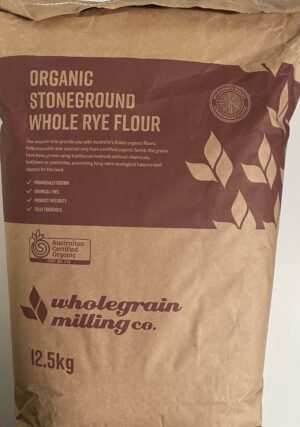The history of sourdough bread is not just a culinary timeline; it’s a rich tapestry that intertwines with the development of human civilization.
This storied past enhances our appreciation of sourdough, making it more than just a food item but a symbol of enduring tradition and resilience.
Understanding its journey from ancient times to the present day reveals how this humble bread has witnessed and adapted through various cultures and eras, reflecting the ingenuity and resourcefulness of those who baked it.
Caputo Gluten-Free Flour Pizza Recipe: Enjoy a Healthy Pizza at Home.
Table of Content
Ancient Origins and Widespread Use
The history of sourdough bread begins in ancient times, possibly around 1500 BC in Ancient Egypt. It is believed that sourdough was discovered accidentally when a mixture of flour and water was left out and captured wild yeast from the environment.
This natural leavening process was a significant breakthrough in bread-making, leading to a more palatable and nutritious food source. Sourdough became a staple in many ancient civilizations, including the Greeks and Romans, who each had their unique methods and recipes.
This period marks the beginning of sourdough’s journey, deeply rooted in the basics of human sustenance.
Preservation and Adaptation Through the Ages
Throughout the Middle Ages and into the Renaissance, the history of sourdough bread reflects its adaptation and preservation.
As bread-making techniques evolved, so did the ways of cultivating and maintaining sourdough starters, which were essential for leavening bread before the commercialization of yeast.
Each region developed its distinct sourdough culture, influencing the taste and texture of the bread. In Europe, especially, sourdough bread was a common part of the daily diet.
The ability of sourdough starters to be kept alive and passed down through generations made it a symbol of continuity and connection to the past.
Sourdough in the Modern Era
The history of sourdough bread takes a turn with the advent of commercial yeast in the 19th century, leading to a decline in traditional sourdough baking. However, the 20th and 21st centuries have seen a resurgence in its popularity, driven by a renewed interest in artisanal and natural foods.
Today, sourdough is celebrated for its unique flavor, texture, and health benefits compared to bread made with commercial yeast. This revival is not just about taste but a reconnection with a more authentic, hands-on approach to baking.
Sourdough enthusiasts and bakers are now part of a global community, sharing techniques and starter cultures, keeping the tradition alive and evolving.
The history of sourdough bread is a journey through time, reflecting the evolution of human societies, their diets, and their baking technologies. It is a tradition that has endured, adapted, and been rediscovered, reminding us of the simplicity and richness of natural processes.
Sourdough is not just about the bread on our tables; it’s a celebration of human ingenuity and a testament to the timeless appeal of a loaf made with patience, care, and a touch of history.






